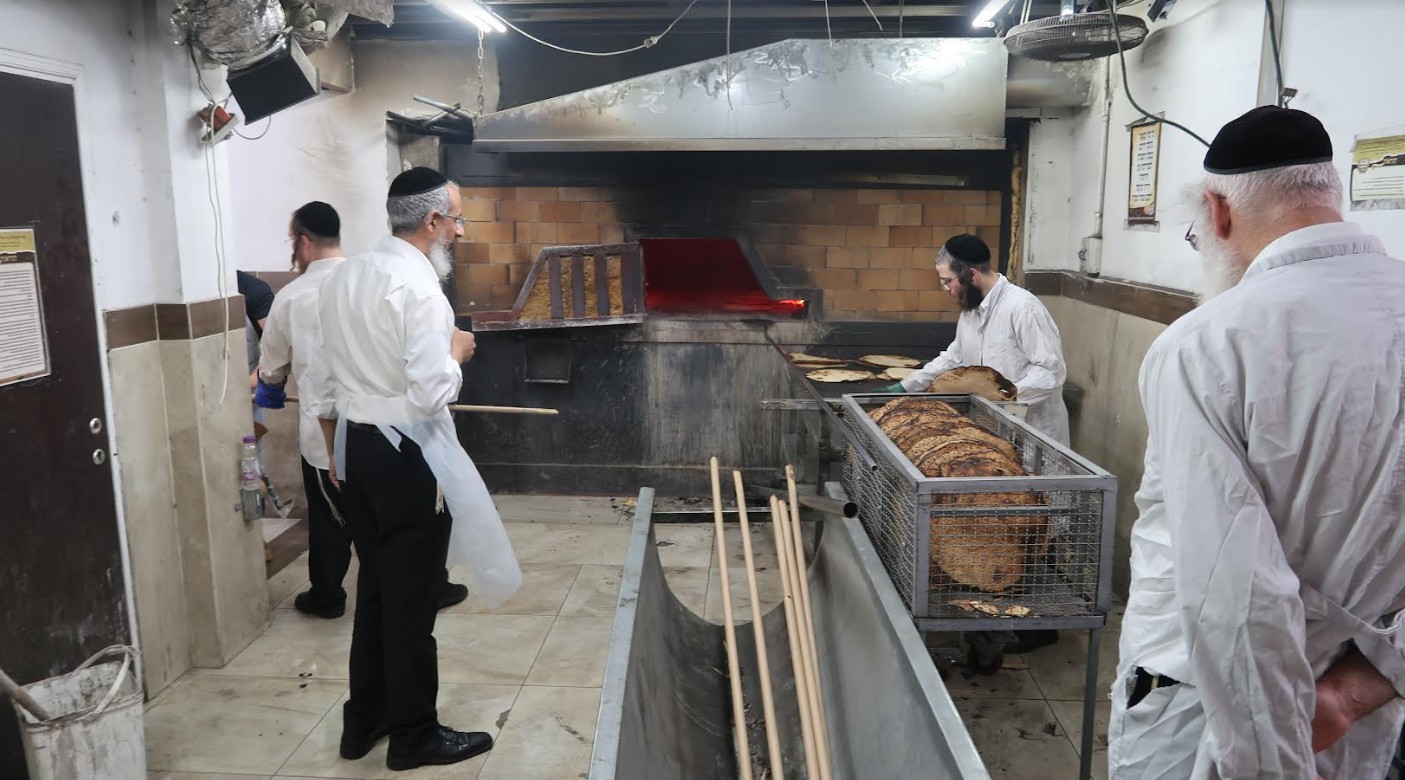From Field to Table: The Journey of Traditional Wheat Matzah
Rabbi Avraham Zweig's quest to create matzah from traditional wheat led him through unexpected adventures. Late planting, a flock of sheep, and unusually tall wheat were just the beginning of this remarkable journey.
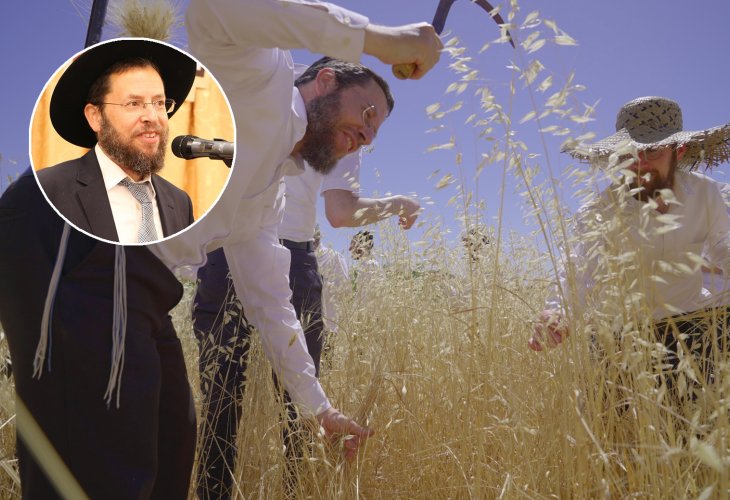 Inset: Rabbi Avraham Zweig
Inset: Rabbi Avraham ZweigDozens of gluten-sensitive individuals approached Rabbi Avraham Zweig seeking his special matzah, unaware of the complex journey that led to this precious product. The adventure began with seeds sown too late, a flock of sheep invading the field, and an unexpected bounty at the end. Yet Rabbi Zweig, known for his dedication, was undeterred. Having raised sheep for first shearings, dived for snails to produce the sacred blue dye for tzitzit, and produced pure olive oil while adhering to purity laws, his relentless pursuit of performing mitzvot practically set him on this path. When he decided to make matzah from traditional wheat grains, it was just a matter of time until success would follow.
Practical Mitzvot
Rabbi Zweig committed to applying mitzvot learned years before. "About 14 years ago, we established an advanced fellowship in Beitar Illit, where practical application in study holds significant value," he recalls. "The aim is to see how what’s written in books comes alive. There's a big difference between seeing and hearing, and doing things practically makes them much more comprehensible." Over time, they explored tefillin-making, checked for shatnez, practiced slaughter and porging, and visited fields to illustrate agricultural commandments practically. "We also traveled to Mount Gerizim and Mount Ebal, examining Joshua's altar archaeological remains, maintained purity laws to produce pure olive oil for the Temple menorah, and visited Gentile fields to understand crossbreeding plants," he adds.

This led Rabbi Zweig to traditional wheat cultivation. "There are so many mitzvot surrounding field produce: gleanings, forgotten sheaves, corner of the field, tithes, theft laws, grain offerings, showbread preparation, and more. When studying grain offerings and showbread, a specialist mentioned that these can't be made from modern wheat used today. To achieve the desired texture and freshness, traditional wheat, used until about a century ago, is required."
What distinguishes modern wheat from traditional wheat?
"Modern wheat is essentially wheat genetically modified to be easier to work with. It's shorter, stands upright, making it easier to harvest, and yields twice as many grains compared to old varieties. While this sounds beneficial, it has led to problems — the incidence of celiac disease has skyrocketed globally. Around 10% of the population, although not diagnosed with celiac, experience gluten digestion difficulties. The genetic modification made it harder on the digestive system for some, whereas traditional wheat digests well and is rich in minerals, vitamins, and antioxidants."
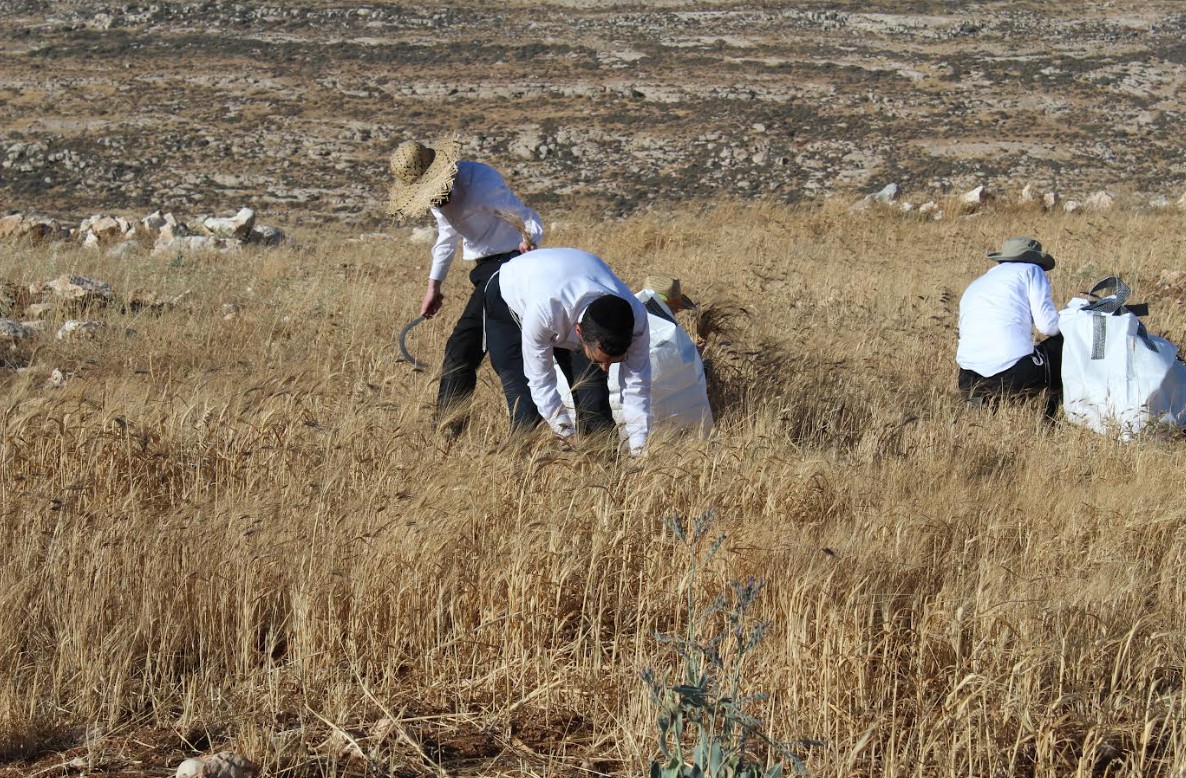
There's more. A significant threat was identified with modern wheat's genetic uniformity, lacking resistance to agricultural pandemics. "Researchers worldwide found that modern wheat varieties are genetically very similar, risking a pandemic that could quickly devastate global crops and lead to starvation," explains Rabbi Zweig. "Thus, efforts were made to reintroduce traditional wheat, identifying and planting eleven varieties anew. Not just wheat; ancient grape, olive, and date varieties were also replanted, recognizing their natural correctness over engineered ones."
Traditional wheat began returning to fields, sometimes exceeding human height, with grains in varying sizes, complicating mechanical processing. However, health benefits outweigh the challenges, and boutique bakeries now produce bread from this wheat for health enthusiasts. It's crucial to note that this bread is yet unsuitable for diagnosed celiacs, but many with non-celiac gluten sensitivity find it a great option. Also, it's considered much more flavorful with lower glucose and insulin content."
We Sow, But Little Grows
Rabbi Zweig too sought this wheat. "Globally, wheat varieties fall into hard and soft categories. Hard wheat is used for semolina, pasta, etc., while soft wheat is used for bread. In Israel, hard wheat is more suitable for planting, albeit with variant strains." He contacted Dr. David Bonfil, a wheat expert who identified eleven ancient Israeli-suitable strains. Equipped with appropriate seeds, they began their journey.
Following Mishnaic guidelines, Rabbi Zweig chose a field. "In Tractate Menachot, it states the finest wheat offerings came from Michmas, near the contemporary Ma'ale Michmas settlement. I contacted a local farm owner named after the Mishna, 'Alpha LaSoleket,' seeking his help. We arrived with ten kilos of seeds and scattered them over a dunam of land, hoping to create flour for offerings illustration. Despite unprofessional planting techniques and a meager harvest due to drought, each fellow was assigned a portion of the field for gleanings, forgotten sheaves, and corners. Then, we manually harvested our produce, only to face a mound resembling a dirt pile when winnowing the wheat".
Throwing it upwards, we watched the chaff disappear in the wind, and felt a rain of wheat upon us - an incredibly moving moment, like a birth. Ultimately, we ground the grains with stone mills, using the little we had to demonstrate offering preparations."
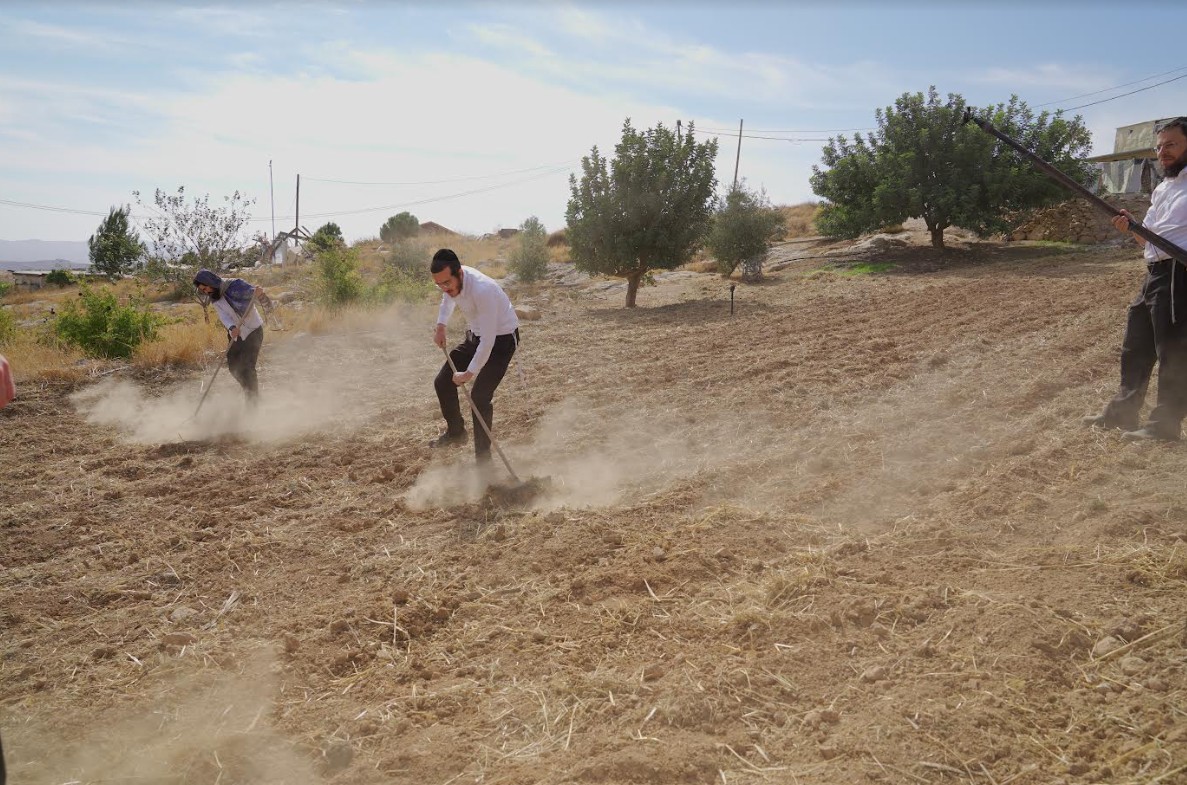
Yet trials persisted. "The following year, we sowed seven dunams, this time near the Mitzad settlement. Again, the soil proved incompatible; sheep invaded, grazing on our crop. We barely extracted ten kilos of flour to bake matzah, which many desired due to the special wheat used. Regrettably, we had little to offer."
After two challenging years, did you consider quitting?
"Quite the contrary. With Shemita onset, I saw an opportunity to fulfill another mitzvah. I asked a field owner to lease us land for the year, so each fellow could let his area rest. The owner gladly agreed, foregoing another bargaining farmer's lease for the year. Surprisingly, nearing Passover, I found the field had undergone work. Investigations revealed that the foreign worker mowed volunteer crops, unaware of its prohibition. As compensation, the owner offered us prepared land for planting the following year."
The wait for rain followed, with sowing a little before it arrived. "When ready, I tried contacting the owner to no avail. Days passed, two rain fronts came and went before finding a replacement to proceed. We planted the wheat, albeit uncertain of timely growth. By Purim's time, the field was sprouting only stalks, yet no ears of grain. Surrounding fields were brimming with full stalks."
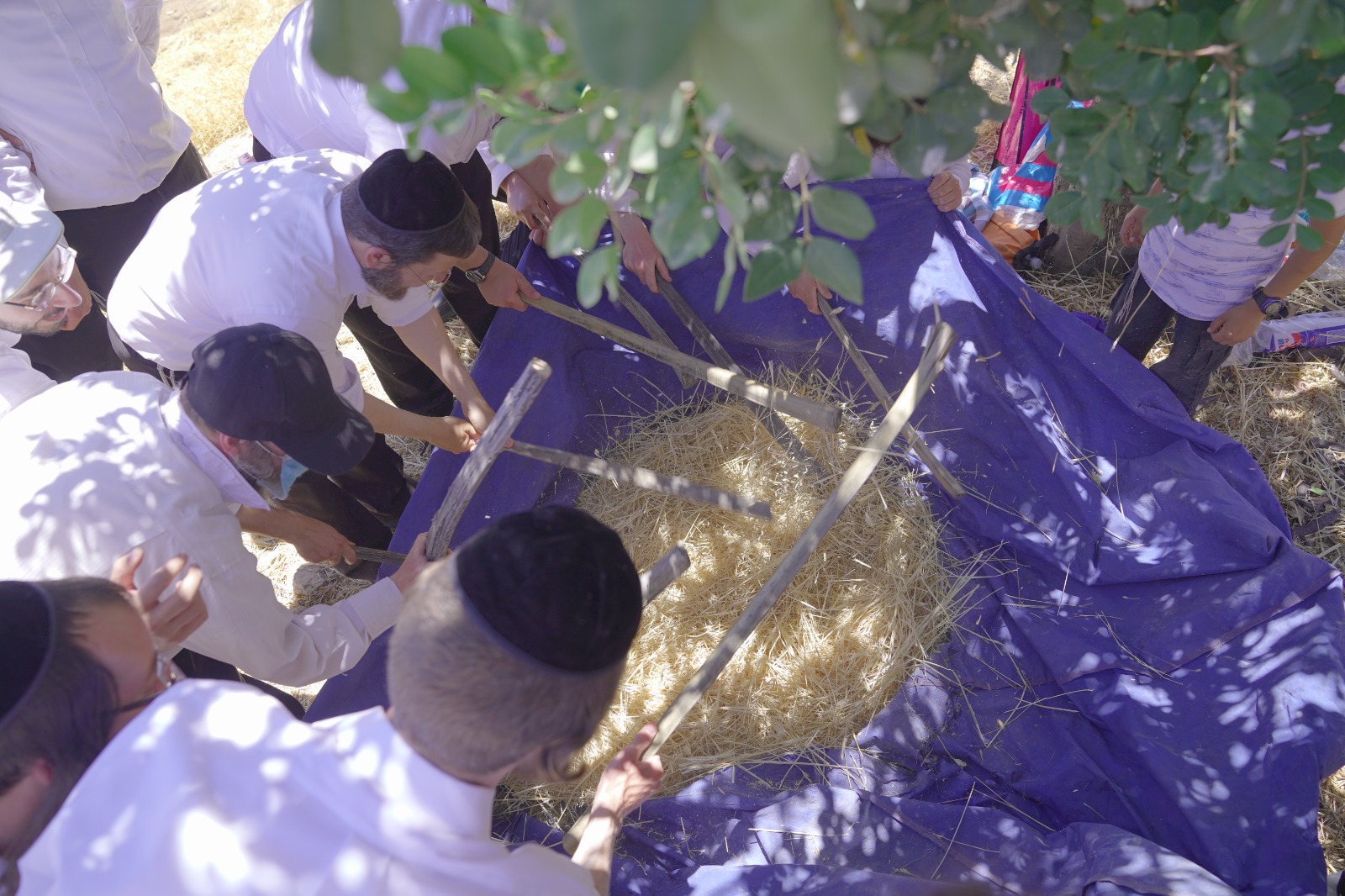
What was it like witnessing this?
"It wasn’t easy, but there and then I understood the need for prayers for rain. Heartfelt, I prayed to Hashem for crop success. Shortly after Purim, two weeks of substantial rain came, blessing the fields, and the wheat grew extraordinarily. Post-Passover, the field brimmed with stalks, towering tall above us. The Talmud in Tractate Ketubot predicts, 'In the future, wheat will be as tall as palm trees.' In Tractate Sanhedrin, it is said, 'Rabbi Abba said: No clearer sign of redemption than this, as stated, "But you, mountains of Israel, will yield your produce and bear fruit for My people Israel, for they will soon return." Rashi explains: "When Israel’s land yields its produce abundantly, redemption is near." We saw it before our eyes."
The World's Most Valuable Matzot
The group of fellows prepared for harvest, considering a part manual, part machine approach. But arriving at the field, they faced a painful surprise. "Eighty percent of the crops were trampled and eaten, discovered to be the work of a Bedouin shepherd’s sheep. The frustration was immense. Left with no choice, we manually harvested what we could, awaiting mechanical help for the rest."
Yet again, challenges arose. "No combine came for minimal loads due to high operational costs. Fortunately, a kind owner agreed to attempt our field post his regular work, rotational compatibility permitting. "He wondered why such minimal wheat for us; expecting only about 100 kilos from remaining crops."
"Praying to Hashem for success, I prepared appropriate sacks for collection. Late Friday, the combine worked its way to us. Another notable rabbi from the fellowship, Rabbi Mordechai Emmanuel, and I - an expert in agricultural mitzvot, joined for the task. Once reaching, we cleaned the machine per required standards for matzah wheat harvest, announcing the dedication, 'For Matzah Mitzvah,' and initiated the work."
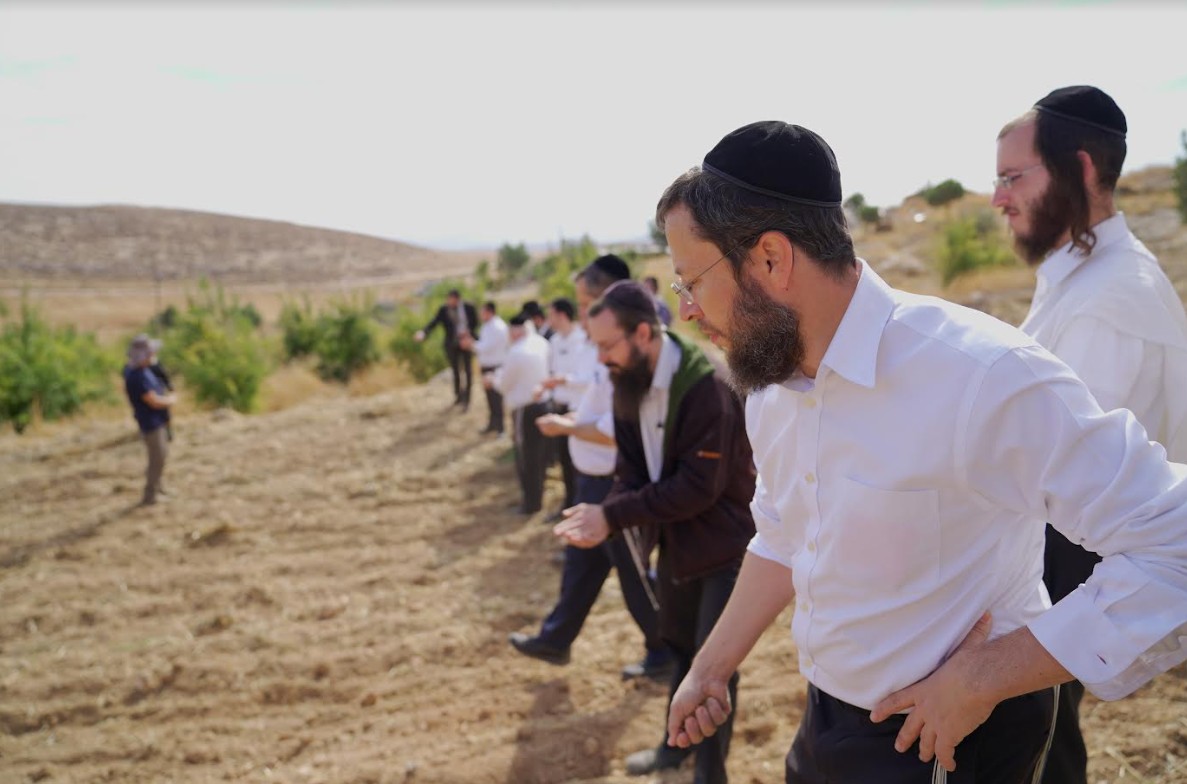
This time, the surprise was positive. "The combine owner started and couldn’t believe the yield, wheat poured non-stop! We collected a ton instead of expected 100 kilos! Shocked, he remarked never having harvested such abundant wheat from a small area before. Despite trials, we witnessed Shemita blessings."
Yet challenges persisted. "A hot Friday eve found us scrambling - initially bringing sacks for 100 kilos, overwhelmed now by surplus. Seeking more sacks, with time pressing, two of us worked nonstop loading our harvest into nearly bursting vehicles, still finishing before Shabbat."
"Post-harvest cleaning posed hurdles too. No facility worked for small-scale cleaning needs, forcing high rates. Concessions found permitted 450 kilos cleaned, retaining the rest for next season’s sowing. Then onto final steps, milling was each done manually then machined, prior to matzah baking."
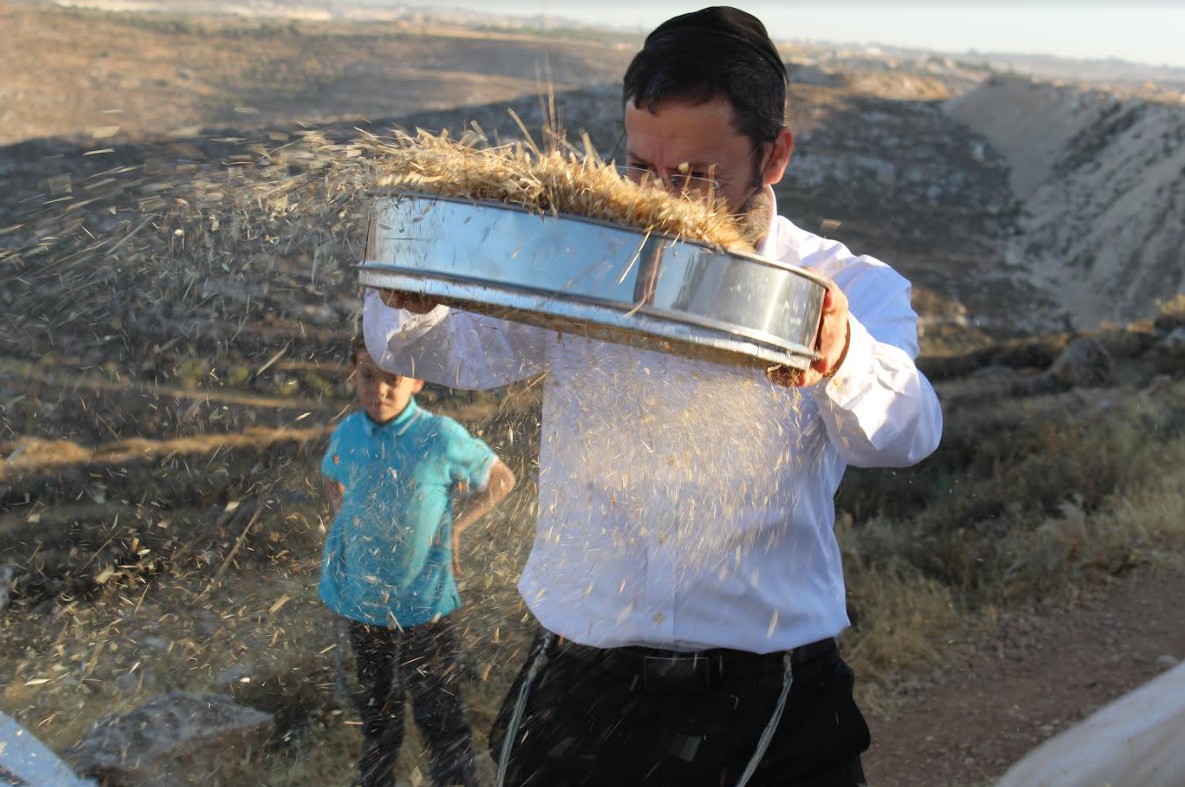
Darchei Zion fellow members, completing the entire cycle from field to Seder table, finally embraced their precious yield. "Every effort was made to practically realize learned mitzvot," Rabbi Zweig concludes. Matzot turned out delicious, impressing gluten-sensitive testers, noting an absence of typical side effects. "I hope for regular matzah production for gluten sensitive people."
"Awaiting the day to make traditional wheat bread and offerings for the Temple, we hope to partake this year in won matzot with the Paschal sacrifice in rebuilt Jerusalem."
